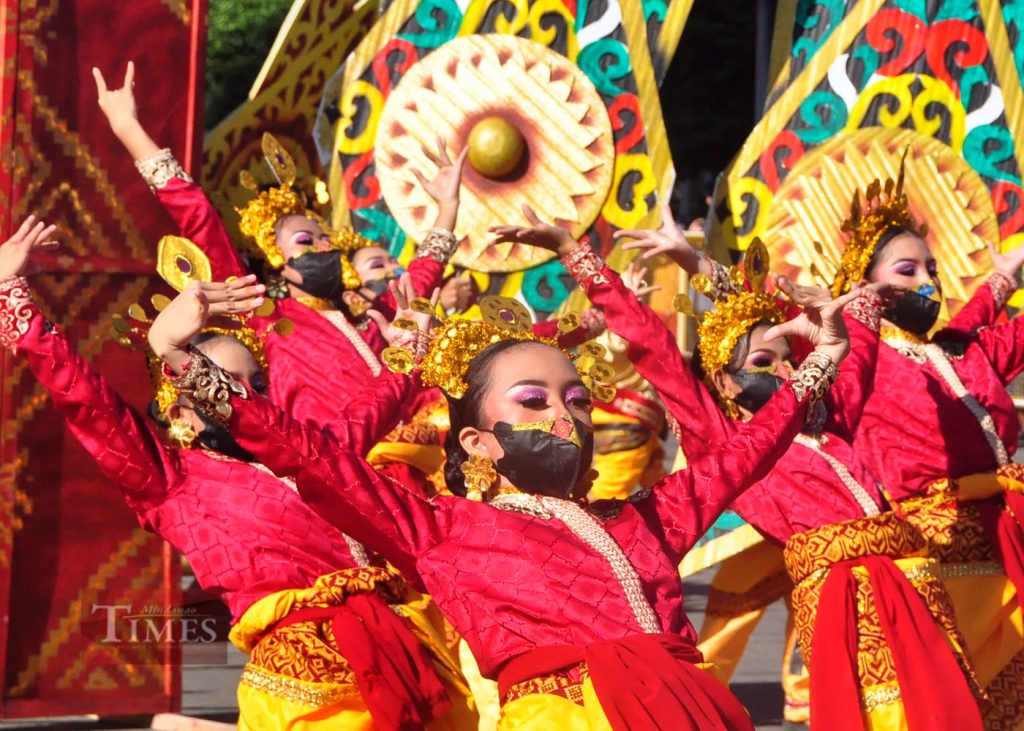- Davao Historical Society reconstructs evolution of Davao’s festival
THE DAVAO Historical Society organized “Throwback Thursday: The Evolution of Kadayawan,” on Aug. 17, 2023, on the 7th floor of the Holy Cross of Davao College, to remind Davaoeños of the significance of the festival.
Amalia Cabusao, DHS president, explained, “The Kadayawan Festival is not just about going out and having fun.”
The event was graced by local and national historical enthusiasts who took part in organizing past celebrations of Kadayawan: Ed Fernandez, Charita Puentespina, Susan Antepuesto, and National Commission for Culture and the Arts Executive Director Oscar Magsaysay, history students, and other Davao Historical Members.
The Festival of Festivals originated from the Apo Duwaling Festival under then Acting Davao City Mayor Zafiro Respicio in 1986. It was later renamed to Kadayawan Festival by then-newly elected Mayor Rodrigo R. Duterte in 1988.
In her TIMES column on July 26, DHS vice president Patmei Ruivivar wrote: “But where did the idea of the Apo Duwaling celebration come from? It is actually inspired by the Obo Manobo tribe’s Kalibongan Festival in Kidapawan City in the 1970s. It was started by the Mindanao Highlanders Association, Inc. and was introduced to the late Mayor Respicio, who reinvented it for the Davao context as Apo Duwaling to represent Davao City’s icons – Mt. Apo. Durian, and Waling-Waling. It was a way to unify the diverse population of Davao while the city was recovering from the violence of the martial law period. It was also an attempt to lure visitors to Davao and rehabilitate its image as the ‘killing fields of Asia.’”
“The tourism value is only secondary, though. The festival has always been rooted in indigenous communities and their struggle for land and self-determination. Thanksgiving and deep connection to nature are inherent parts of any indigenous celebration. But as they give thanks, they also lament their current state of being marginalized.”
The event included the historic memorandum of agreement signing ceremony between the Davao Historical Society and the Holy Cross of Davao College’s Institute of Davao Studies.
The group also declared its plans to map out cultural and historical sites to possibly include them in Davao’s lore, under Republic Act No. 10066 or the National Cultural Heritage Act of 2009.
For instance, the group is working on declaring the entire San Pedro Square, the Davao City Hall, which is the oldest structure standing, the San Pedro Cathedral which has an Ang Kiukok painting, the Osmeña Park, which is also the settlement of Datu Bago, as historical zones.
Two other buildings, such as the Waterfront Insular Hotel and the Old Airport in Sasa, should be declared as heritage sites since they were designed by National Artist for Architecture Leandro Locsin.

